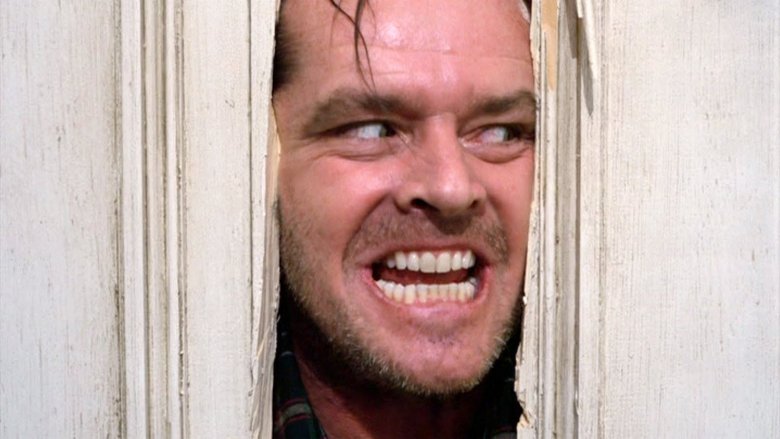Extreme Long Shot (Establishing Shot):
Used to show the subject from a distance, or the area in which the scene is taking place. This type of shot is particularly useful for establishing a scene in terms of time and place, as well as a character’s physical or emotional relationship to the environment and elements within it. The character doesn’t necessarily have to be viewable in this shot.

Full Shot:
Frames character from head to toes, with the subject roughly filling the frame. The emphasis tends to be more on action and movement rather than a character’s emotional state.
![Ultimate Guide to Types of Camera Shots and Angles in Film [50+ Types]](https://s.studiobinder.com/wp-content/uploads/2019/09/Camera-Shot-Guide-Full-Shot-2-Django-Unchained-StudioBinder.jpg)
Close up:
Fills the screen with part of the subject, such as a person’s head/face. Framed this tightly, the emotions and reaction of a character dominate the scene.

Extreme Close up:
Emphasizes a small area or detail of the subject, such as the eye(s) or mouth.

https://www.bhphotovideo.com/explora/video/tips-and-solutions/filmmaking-101-camera-shot-types
